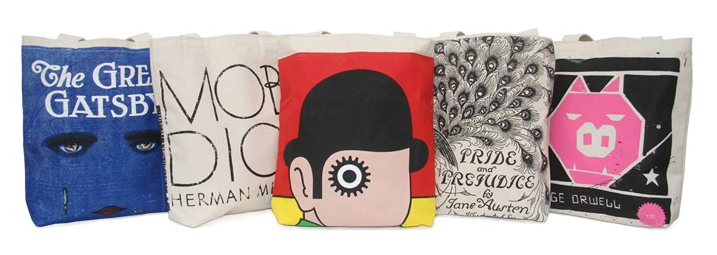Sometimes I wake up in the middle of the night to the slats of moon light patterning across my sheets, and it strikes me, a bold and lucid flash against the crags of stupor that accompany the half-consciousness of the half-night, that I’m quite technically an adult already. It was last Wednesday, that I walked back home from class on campus listening to the episode of This American Life entitled “Fear of Sleepâ€, Act Five: A Small Taste of the Big Sleep. You can probably guess what the title intimated but here are a few excerpts taken from the transcript online:
“I can feel time whizzing by. And I’m trying to hold on to something generally. So I usually start grabbing the walls or like clinging to the pillow. And I’m like this isn’t going to go away. I need to hold this. I need to hold on to time. I need to stand in this river and just not move.â€
“Like it’s a kind of very primitive feeling. You have to just, like, flee from this totally horrible thing that’s happening to you. But there is nowhere you can flee. And understanding at the same time that what you’re fleeing and trying to run away from is the complete cessation of you.â€

A procession of public disclosures detailing early morning revelations, of the sort that only a good rousing from delta waves sleep can elicit, passes on by. The trail of stories ends with a woman articulating her sad resignation and an eventual amorphous and non-committal acceptance. I’m disoriented when I stare at the darkened ceiling, and while I can empathize and on other nights sense all too well for myself that utter suffocation of this done deal of life and its stony indifference, as I become cognizant in degrees, what my mind wanders to is something on a slightly smaller scale, a sub-category of this larger motif. It’s a rude awakening nonetheless, as my thoughts circle on to the fact that I’ve passed the threshold of twenty and now I must be quite serious if academia is what I want to pursue. That I must think responsibly, deeply from now onwards until I can no longer. Sylvia Plath was precociously serious, I had realized earlier that night; I hopelessly browsed through a few of her published journal entries, all eloquently wrought on paper by the tender age of 18, to remind myself of the deliberation, the self-doubt, and the nerve that it takes to procure decent writing. Thoreau’s journal too, is trenchant by the time adulthood overtook him – succinct bursts of wit and honesty that would herald Walden and Civil Disobedience. And then an influx of young but promising women and men parade in my mind’s eye, apparitions like Macbeth’s dead kings all suspended with their portfolios bursting with talent while I think on the day ahead, a schedule penciled in with a series of urgent nothings. They all began at some discrete moment in time on an ordinary day, not particularly unlike any other, a smudgy event that only in retrospect we identify as the first star that formed in their life’s constellation. Yet they wrested their discontent with the world into some comprehensible form – either shimmering and snapping prose or unabashed and seismic visual forms. While Ira Glass’ interviewees flee from the scythe, budding artists and/or the young persons of our generation seem to shudder at the thought of insidious mediocrity. In a plaintive tone, Plath expresses that to be a round peg struggling in a round hole “with no awkward or painful edges – no space to wonder or question inâ€, you might as well be finished. It has been a constant debate in my head and at least a million others: Is melancholy and frustration or the glow of high spirits the better catalyst? For me at least, I’ve been more of a member of the former camp – needing some sense of dissatisfaction to light the proverbial flame and get things a’rolling.
Alternatively, it doesn’t take very much for unconsciousness to take over once more – there’s no struggle to fall back into the warmth of slumber, only that dreaded contentness that Plath makes mention of. It’s just a flash in the pan, these unsolicited midnight “insightsâ€, that under the afternoon sun, seems to wither in consequence.





